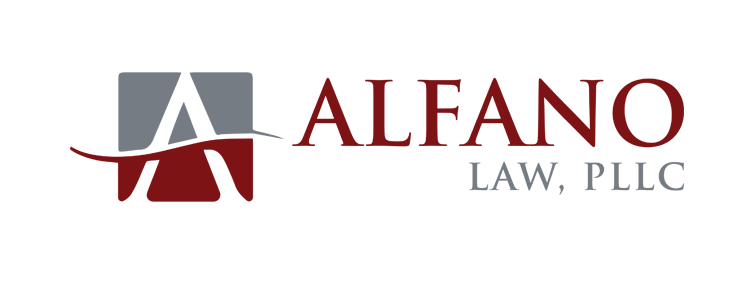Supreme Court Voids Planning Board’s Attempt to Alter Access Easement
If a planning board approves a two-lot subdivision plan stating the front lot is subject to an access easement for the rear lot “to be used for a single lot and one buildable location” on the rear lot, can the planning board alter the easement by approving a two-lot subdivision on the rear lot? Per the facts of the recent New Hampshire Supreme Court decision in Harvey v. Town of Barrington (February 27, 2024), the answer is no.
In 2006, the Barrington Planning Board approved a subdivision plan for a lot owned by David and Glenda Henderson, creating two lots: a front lot (1-0) purchased by Candice K. Harvey and a back lot (1-1) retained by the Hendersons. The back lot relies on this easement for access due to wetlands on its road frontage. The plan includes a note stating “[t]he 40′ Wide Access & Utility Easement across [the front lot] to benefit [the back lot] is to be used for a single lot and one buildable location on Lot 1-1 only.” The deed to the front lot stated it was “[s]ubject to a forty foot (40′) wide access and utility easement to benefit Lot 1-1 as shown on the” subdivision plan.
In 2021, the Hendersons sought a variance to use the back lot for two additional lots. The ZBA approved for one additional lot. Garvey & Company, Ltd., on behalf of the Hendersons, applied for planning board approval to subdivide the back lot into two residential lots using the existing easement, which was conditionally approved by the planning board despite Harvey's objections.
Harvey appealed the planning board's decision to the superior court, which affirmed the planning board's decision, reasoning the ZBA and planning board had the authority to approve such variances and amendments under New Hampshire law. Harvey then appealed to the New Hampshire Supreme Court.
The Supreme Court agreed with Harvey, concluding the trial court erred in affirming the planning board's decision to approve the subdivision relying on the deeded easement, which was restricted to access for only one lot. The court found that neither the planning board nor the ZBA had the authority to modify the easement's terms to allow for more than one lot.
The court ruled that while conditions imposed on a subdivision plan may be modified later, the specific terms of an easement, as established at the time it was created, cannot be altered by these bodies in the same manner as a subdivision plan might be.
The Supreme Court emphasized the importance of interpreting the deed and easement based on the intent of the parties at the time of creation, finding that the language of the easement was clear in restricting its use to a single lot. The court held that the planning board's decision was not supported by the evidence or the law, as it attempted to override the explicit terms of the easement.
You can contact Alfano Law by calling (603) 856-8411 or at this link.

